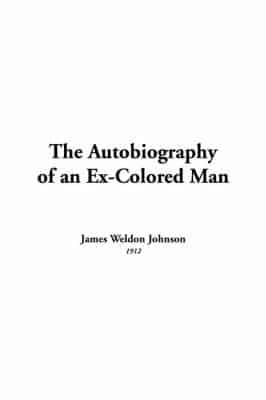

This event is the first clear case of his race being shown as intractable. He even gets involved in bullying black students and using racial comments against them.

While he does not realize it, he, in fact, is “passing” as a white boy at an early age.

His earliest experiences do not involve a lot of social interactions, and he never considers himself to be anything but white. The main character is completely unaware of his racial identity for the first half of his childhood. Perhaps the first scene that shows that the main character’s identity is deterministic is when his mother reveals his origin to him, because it not only begins his doubts about himself and how the world sees him but also shows that no matter which identity he chooses, he would always have a part of both. The ambivalence of the story is used to explore the question of racial identity from unique and varied perspectives, from the perspective of the main character, as well as the perspectives of the people that he meets on his journey. This is a story of self-discovery and how at times a person is defined by the society, while in other instances they may define themselves. In the end, he reveals the truth to his beloved, and they get married, but he still feels like he could have done more with his life, and his that by abandoning his dreams he squandered the potential that he had. An argument on a train reveals that he feels uncomfortable when “passing” but after witnessing a lynching, he decides to continue his life as a white man, for his own safety. This begins his journey, throughout which he explores the question of race from different perspectives while “passing” for a white man or immersing himself in the black culture with various results.


 0 kommentar(er)
0 kommentar(er)
